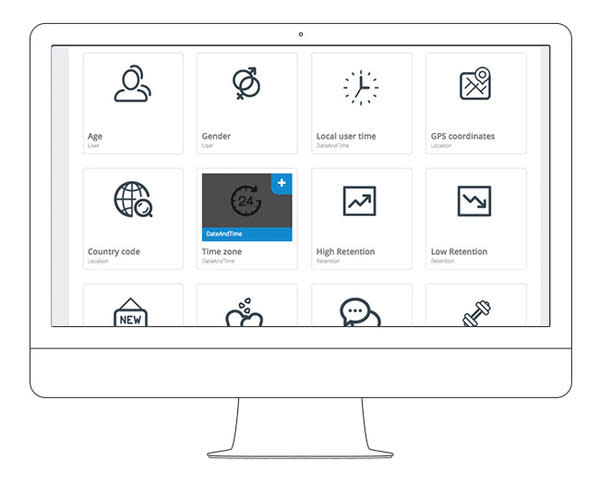Elasticode makes mobile app personalization quick and easy

The Elasticode team.
Image: Elasticode
Determining which version of a mobile app works the best for most of your audience is one of the most difficult aspects of product development. You can A/B test, and iterate based on the results, but often that doesn't tell the whole story.
This is precisely why Shai Wolkomir and Tomer Shkolnik decided to buildElasticode. A recent Techstars alum, Elasticode allows organizations to change the way their mobile applications are presented to suit the demographics or usage patterns of a specific set of users.
Elasticode uses segmentation filters to adapt your iOS or Android app to your audience. The platform can filter by the user's country code, gender, installed apps, GPS, age, day of the week, resolution, timezone, and whether or not the device is rooted or jailbroken. All of these filters can play into how the app is presented to the end user.
For example, if your app requires users to sign in to authenticate, Elasticode will let you filter users that have the Facebook app installed on their device and present only those users the ability to authenticate through Facebook. For users that don't have that app installed, it could present the option to authenticate through another app, or to create an independent username and password.
According to Wolkomir, they accomplish this by aggregating data from the devices of the end users of their customers. He said they separate the data into five categories.
The "Easy" - device information including location, battery, resolution, type, and OS version.
The "Not-That-Easy" - information that's harder to collect, such as if the device is jailbroken/rooted, what type of apps are installed, and the potential correlation between weather and location.
The "heuristics"- analysis of multiple sensors, installed apps, and other data to determine elements about the user, such as interests, age, gender, and if the user is right or left-handed.
Publisher centric information - any proprietary data shared by the app publisher such as information on company events or other user data.
Information from a co-op the company is working on with deep-linking and MMP (Mobile Measurement Platform) companies to share the source that led the user in.
There are two ways that customers can deploy through Elasticode. The first is by using the company's "elastic - code" SDK.
"You can wrap your personalized endpoints with different code blocks or even placeholders and then control and change the relevant experiences remotely," Wolkomir said.
Additionally, apps can be customized using Elasticode's on-boarding studio, which is a tool that allows users to change the way the app will look using drop-down lists and templates. This is especially helpful for employees without development experience because once the app is completed, Elasticode's backend engine converts that new design to native code.

Segmentation options for Elasticode users.
Image: Elasticode
"Increasingly, organizations need platforms that 'close the loop' between insights and actions. Solutions that can intuit what is going on with users, but also suggest and/or execute decisions based on those insights. Elasticode is a good example of that," said Ben Kepes of Diversity Limited, one of the company's investors.
Pricing is done by monthly active sessions (MAS), and is specific to each customer. A session counts as each time the app is opened by any user. So, if you have 10,000 monthly users and they each open the app five times a month, you have 50,000 MAS.
The original idea for Elasticode was born out of the founders' previous work in mobile applications over the past few years.
Two years ago, Wolkomir and his team were sitting in a room with one of the customers of his mobile development agency. His customer had seven million active monthly users and the UX team came in to present the newest version of the company's app.
After the version was presented, the client company's CEO, iOS development team lead, product manager, and marketing manager all chimed in with different opinions on what could be changed.
"We knew that everyone in the room was right, no doubt about that. Everyone in the room represented a part of the audience within their end customers," Wolkomir said.
So, Wolkomir and his team began to wonder how they could provide mobile development tools that would allow customers to user data to iterate quickly and tailor mobile experiences for different users, which was when the idea for Elasticode came about. Wolkomir said they sold the agency and used the funds to build Elasticode.
The company currently claims more than 70 customers, some paying and some using the free tier level. While they initially self-funded from the exit of their mobile agency, the Elasticode team did receive funding from Techstars after participating in their program. According to Wolkomir the company is currently in the midst of raising another funding round that will be announced soon.

